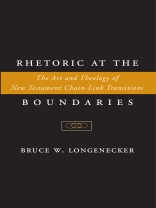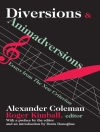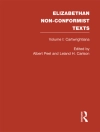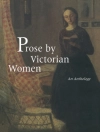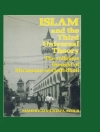In Rhetoric at the Boundaries Bruce W. Longenecker explores the way in which New Testament authors used an ancient rhetorical device to effect smooth transitions, both large and small. His study demonstrates how recognition of this rhetorical technique proves decisive for New Testament interpretation. Longenecker accomplishes this by examining the evidence for chain-link interlocks in a variety of ancient sources, including the Hebrew scriptures, Jewish and Roman authors of the Graeco-Roman world, and the Graeco-Roman rhetoricians. He then applies the results of the survey to fifteen problematic passages of the New Testament. In each case, Longenecker establishes the presence of chain-link interlock and highlights the structural, literary, and theological significance of the rhetorical device for New Testament interpretation.
Tabla de materias
Preface
1 Introduction
2 The Rhetoricians’ Recommendations
3 Chain-Link Interlock among Other Ancient Rhetorical Devices
4 The Anatomy of Chain-Link Interlock
5 Ancient Examples of Chain-Link Interlock
6 Chain-Link Interlock and the Logic of Romans
7 Chain-Link Interlock and the Structure of the Apocalypse
8 Chain-Link Interlock and the Theology of the Fourth Gospel
9 Chain-Link Interlock and the Narrative of Acts
10 Chain-Link Interlock and the Interpretation of Acts
11 Conclusions
Works Cited
Index of Biblical and Ancient Sources
Index of Authors
Sobre el autor
Bruce W. Longenecker (Ph.D. University of Durham) is Graduate Professor of Religion and W. W. Melton Chair in the Baylor University Department of Religion. He is the author or editor of numerous books including The Lost Letters of Pergamum (2003), Luke, Paul and the Graeco-Roman World (2002), Narrative Dynamics in Paul (2002), The Triumph of Abraham’s God (1998), 2 Esdras (1995), and Eschatology and the Covenant (1991).
